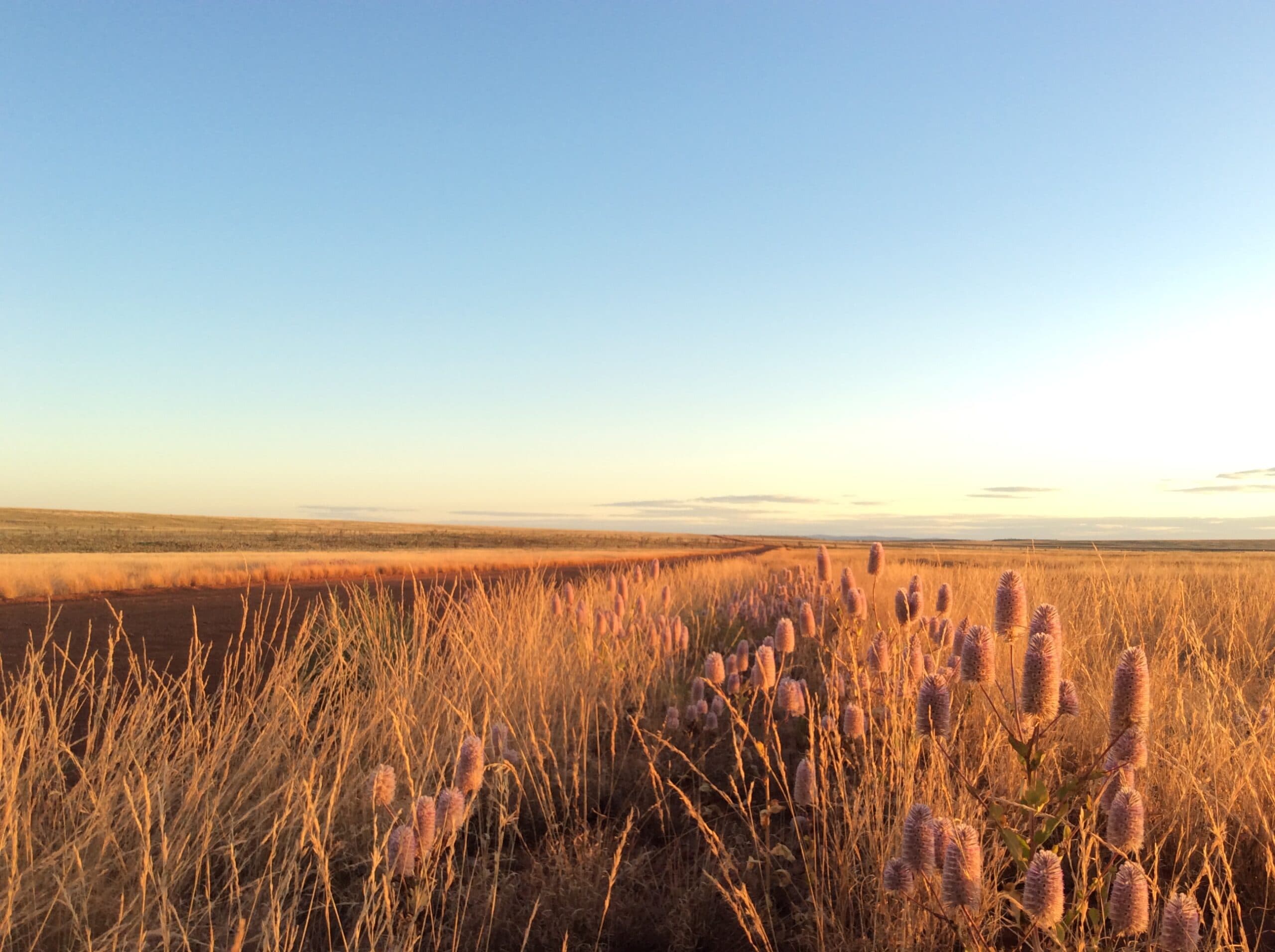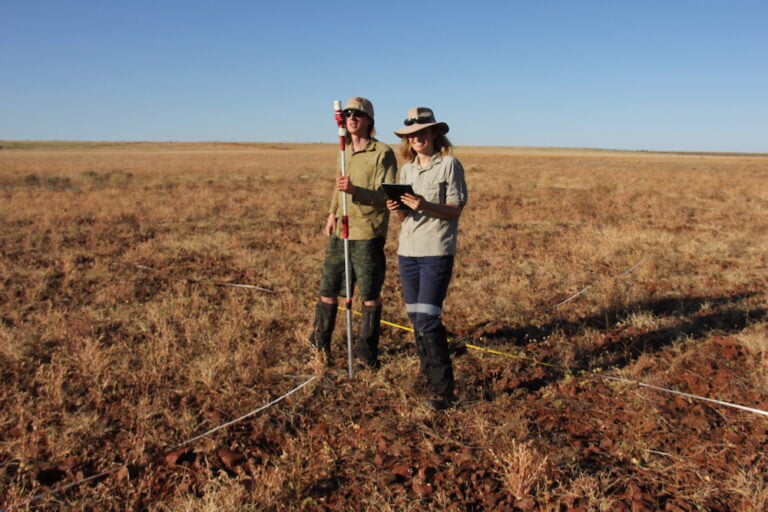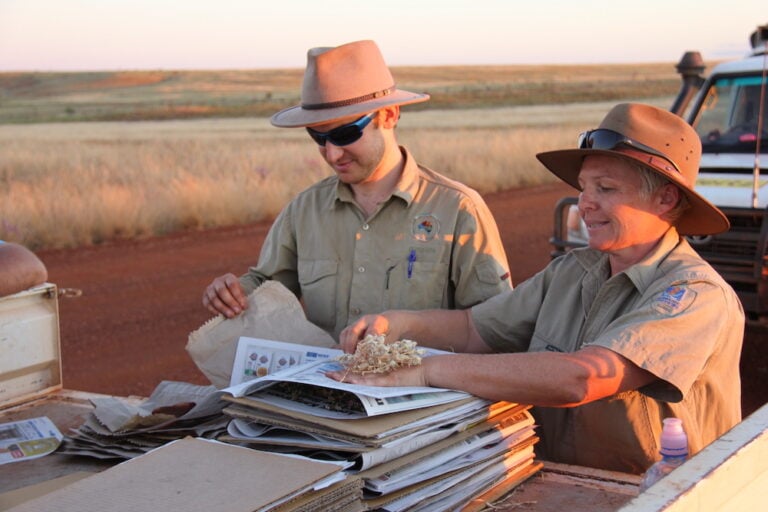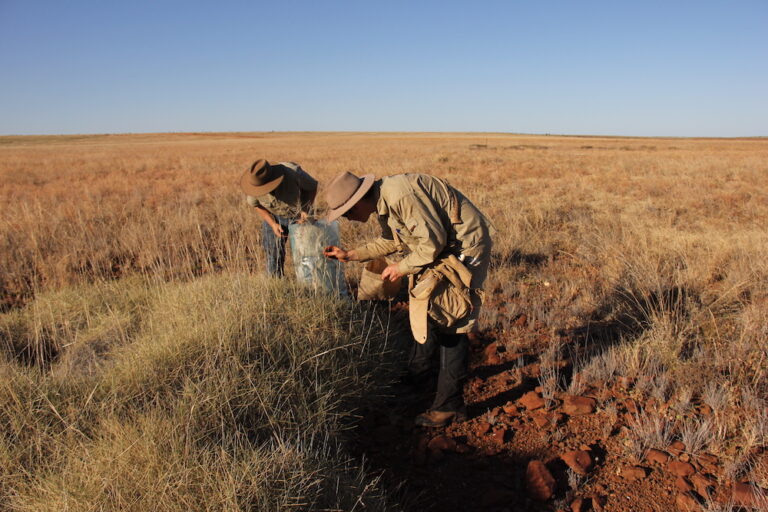More than 150 vegetation samples collected by TERN monitoring have been used in a landmark genomics study of the plants of Western Australia’s Pilbara bioregion that will make environmental impact assessments and regulatory land use planning approval processes more reliable and efficient.
Effective identification of plant species is critical for conserving the rich and diverse flora of the Pilbara bioregion, particularly in the context of the challenges presented by resource development associated with mining, says Dr Paul Nevill of Curtin University.
“Environmental impact assessment and native vegetation clearing approval processes require accurate identification of species. But this can be extremely challenging in such a vast, remote and climatically episodic region as the Pilbara, which is characterised by vast coastal plains and inland mountain ranges with cliffs and deep gorges.
Multiple tenure types including Aboriginal land, leasehold for grazing cattle and conservation reserves also create difficulties for non-systematic environmental surveys.
We wanted to find out whether the plant samples collected by TERN and others that are stored in herbaria could be used in next-generation DNA sequencing to develop an improved knowledge base of the flora of Western Australia’s Pilbara bioregion.
Dr Paul Nevill, Curtin University.
Paul and his colleagues assessed whether the plastid and ribosomal genome sequences could be recovered from plant samples stored in herbaria—research institutions containing extensive collections of dried plant specimens that are used to name and describe plant taxa—to help with plant identifications and provide a better understanding of their evolutionary histories (phylogenomics).
Genome sequencing of 672 plant samples from the Pilbara, covering 21 families, 142 genera and 530 named and proposed-named species, was completed.
Almost 170 of the voucher specimens were collected by TERN at its 37 permanent ecosystem monitoring sites located in the Pilbara bioregion—part of TERN’s nationwide network of over 800 sites.
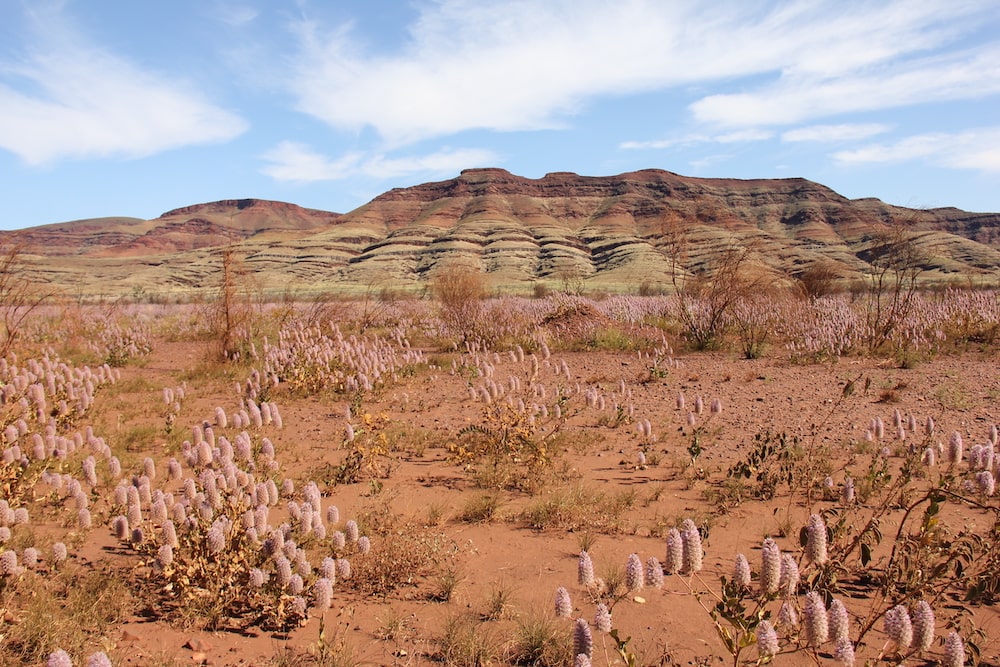
The Pilbara bioregion is vast, remote and climatically episodic, characterised by vast coastal plains and inland mountain ranges with cliffs and deep gorges
TERN monitoring of regional and remote Australia creates impact for researchers
The use of herbaria as sources of DNA is particularly important when the target species are distant, found in isolated or hard to access locations, are difficult to identify, or when studies are at large scales.
TERN’s monitoring of Australia’s most remote ecosystems and submission of vegetation samples into herbaria provides an extensive resource to researchers and avoids the need to conduct additional, often duplicate, surveys.
These valuable sources of curated plant material are now accessible to genetic studies because of advances in high-throughput sequencing methods. High-throughput sequencing, also known as next-generation sequencing, are technologies that sequence DNA and RNA in a rapid and cost-effective manner.

Identification of Pilbara flora for effective land management
The results of the research indicate that a large-scale approach to genome sequencing using herbarium specimens produces high-quality complete chloroplast DNA and ribosomal DNA sequences and a reliable source of data for DNA barcoding and phylogenomics.
“There’s more work to be done but we have shown that we can readily produce at scale, whole chloroplast and ribosomal DNA data from herbarium specimens that can be used for a range of applications.
The data are open access and available for use by environmental consultants, researchers and government agencies to improve the reliability and efficiency of plant identifications for environmental impact assessments and associated regulatory land use planning approval processes.
We envisage that this will be a ‘living’ dataset, in that the sequence coverage will continue to grow as samples from TERN and others are added, new ways to analyse and use the data are developed, other environmental datasets are linked and new users contribute to the resource.”
Dr Paul Nevill, Curtin University.
- Read the research publication here
- Tens of thousands of soil samples, soil metagenomic samples, plant voucher specimens and plant genetic material collected from TERN’s national network of over 850 ecosystem surveillance monitoring sites are now openly available to interested researchers.
- Access TERN soil and vegetation data via TERN’s ausplotsR package
- Download a summary of TERN's monitoring activities in the Pilbara (Apr 2015 - Jun 2021)


